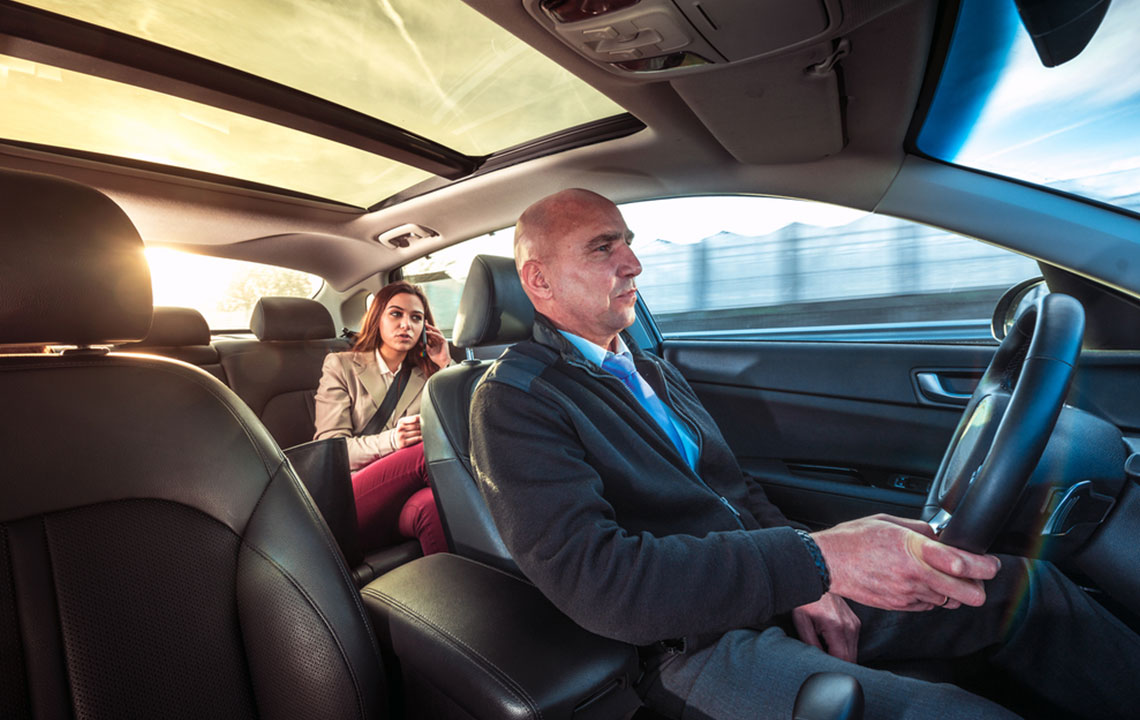Understanding the Key Factors Behind Uber's Global Dominance in Ride-Hailing
Uber's rise to dominance in ride-hailing is driven by its user-friendly app, versatile ride options, flexible payment methods, and continuous innovation. Since 2009, Uber has expanded globally, connecting millions of users with reliable, affordable transportation. This comprehensive overview explores the key factors behind Uber's success, including streamlined booking, driver support features, and strategic service enhancements that ensure customer satisfaction and market leadership.

Understanding the Key Factors Behind Uber's Global Dominance in Ride-Hailing
Since its inception in 2009, Uber has revolutionized the transportation industry by creating a seamless, user-centric ride-hailing platform accessible via smartphones. Today, Uber's innovative approach has earned it a massive global user base, with approximately 75 million active users spanning over 600 cities in 78 countries worldwide. This rapid growth underscores Uber's profound influence on urban mobility and its ability to adapt to diverse markets.
At the core of Uber's success is its intuitive app interface, which allows users to easily request rides by installing the application, registering an account, and choosing their preferred ride type. Uber offers a broad spectrum of options to cater to different needs and preferences, including economy rides, luxury vehicles, accessible transportation for individuals with disabilities, and eco-friendly carpooling services. Payment options are equally flexible, allowing users to pay through cash, digital wallets, or credit and debit cards, making the service highly accessible and convenient regardless of location or payment preference.
One of the key reasons Uber has emerged as a leader in the global ride-hailing industry is its commitment to simplicity and ease of use. The platform's straightforward design eliminates the need for traditional phone calls or navigating complex booking procedures, replacing them with a quick, one-tap ride request process. This streamlined booking system caters to the fast-paced urban population seeking reliable transportation at any hour.
Moreover, Uber has continuously expanded its features to enhance the user experience. The app provides a variety of ride options—from budget-friendly economy rides to premium luxury vehicles—allowing riders to choose services based on their budget and preferences. The addition of feedback systems ensures quality control for both riders and drivers, fostering a culture of accountability and continuous improvement.
Another critical aspect of Uber's growth is its versatile payment infrastructure. Unlike traditional taxis, Uber accepts multiple payment methods, including cash, credit/debit cards, and digital wallets like PayPal or Uber's own payment platform. This flexibility caters to various user circumstances, facilitating increased adoption across different regions and demographics.
Uber's fare structure generally offers more competitive pricing compared to conventional cab services, making it a cost-effective choice for millions. The absence of tipping requirements further contributes to a hassle-free experience, and fare estimates provided upfront help users plan their trips without surprises. The platform's rating and review system ensures transparency and accountability, motivating drivers to maintain high service standards.
Further innovations have strengthened Uber’s market presence. For instance, in April 2018, Uber introduced a driver-specific application designed specifically for drivers. This app enables drivers to locate high-demand areas with lucrative earning potential efficiently, navigate traffic more effectively, and communicate seamlessly with riders. Features such as offline mode, real-time traffic updates, and detailed trip analytics enhance driver productivity and satisfaction.
Uber's ability to adapt and refine its services based on driver and rider feedback is pivotal in maintaining its competitive edge. The company continuously works on balancing driver availability across regions to reduce wait times and improve service reliability.
With each technological advancement, Uber is setting new standards in urban transportation, blending convenience, affordability, and innovation. Despite challenges in regulatory environments and fierce competition, Uber remains a global leader by consistently focusing on customer-centric solutions, expanding service options, and leveraging cutting-edge technology to meet the evolving needs of urban travelers around the world.




